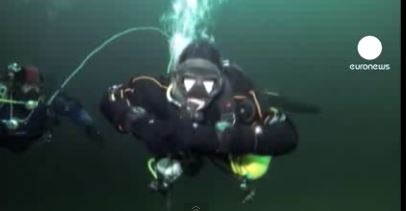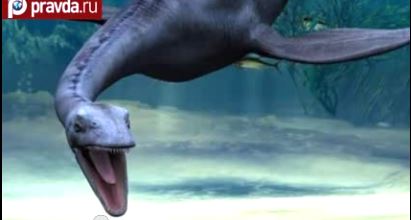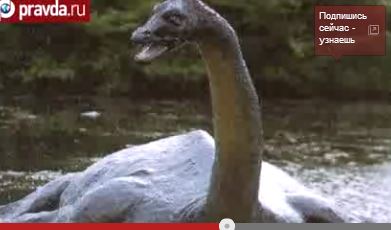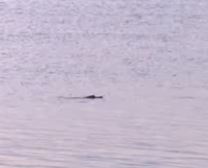

| Visitors Now: | |
| Total Visits: | |
| Total Stories: |

| Story Views | |
| Now: | |
| Last Hour: | |
| Last 24 Hours: | |
| Total: | |
Russian Lake Monster Nessky Search: Divers Reach Bottom Of Lake Labynkyr
Russian researchers have reached the bottom of Labynkyr, one of the coldest lakes on Earth with temperatures at minus 70 celsius.
It is widely known as Russia’s Loch Ness as legend says it has its own cryptozoological monster but the divers did not find any proof.
Kosmopoisk ( “All-Russian Research Public Organization”), also known as Spacesearch, is a self-styled group with interests in ufology, cryptozoology, and other mystery investigations. It started in 1980, and expanded in 2001 to an international movement. In 2004, it registered under the name All-Russian Scientific Organization. Many of the activities are in the form of expeditions to sites that are reputed to have extraterrestrial activity or unusual creatures.
Yakut “Nessie” seen on underwater radar which found a big mobile object about 10 at length. It was assumed that it is a living being. It received the name “Nessky”.
Credit: Google images
Kosmopoisk, in the 1990s, the group made expeditions an annual event. To save costs, they would hitchhike as a main way of traveling. For instance, in 1999, the group made an expedition to the remote Labynkyr Lake in Yakutia, Sakha Republic, where an underwater monster, similar to Nessie, has been believed to exist since the 1960s. They hitchhiked the Kolyma federal road to get to Labynkyr Lake in Yakutia. They then collected their results of anomalous events into a database.
Echo sounding device data of the underwater object in lake Labynkyr, with travelers drawing in red what they imagined the creature could have looked like.
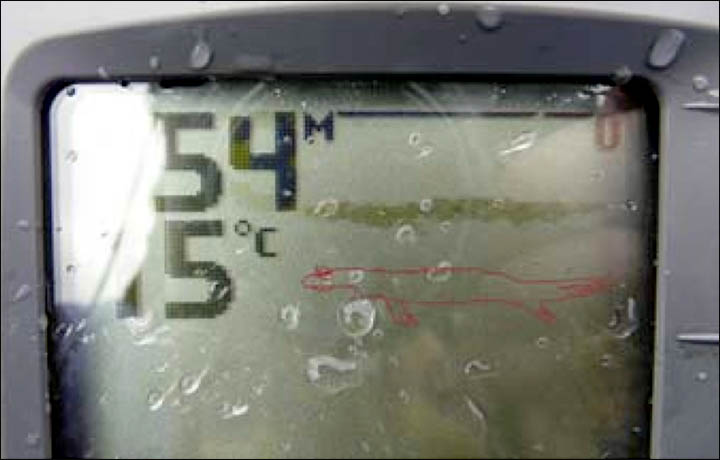
Picture: veslo.ru
According to the testimony of two fishermen,the nose of their 10-foot boat began to rise, as if someone had pushed her out of the water. Because it was a heavy boat, it could only be done by a huge and powerful animal. The fishermen were numb with fear. But they did not see anything, neither head nor the body of the monster that lives in those parts of Yakutia and Evenkia whre people have long argued about the existence of the underwater monster in the lake, often called the “lake devil.”
Sources: Pravda and Euronews
Youtube http://bit.ly/zr3upY
Facebook http://www.facebook.com/euronews.fans
Twitter http://twitter.com/euronews



